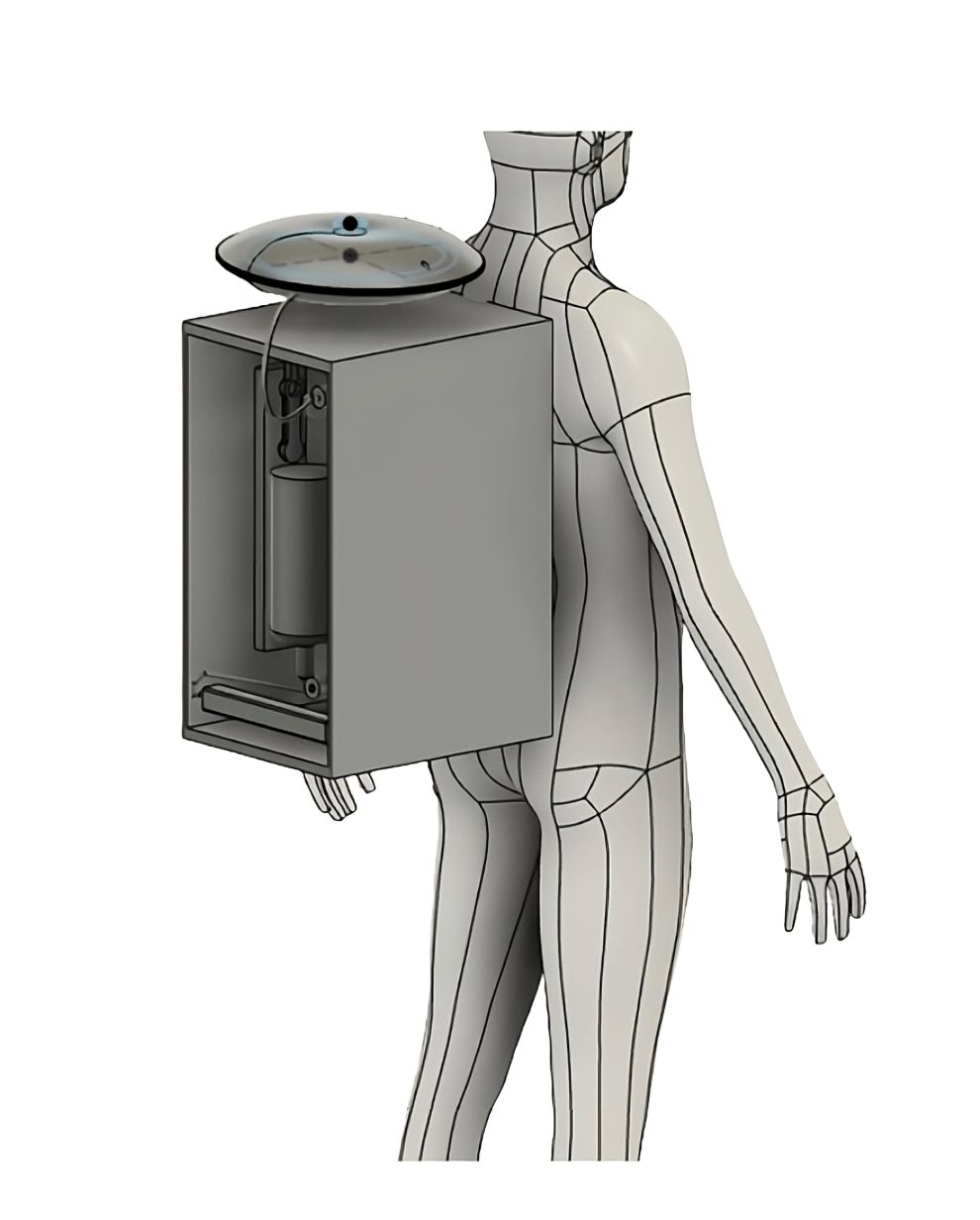12 Jul. () –
Unlike wastewater from the International Space Station, urine from spacewalking suits is not recycled, but the movie Dune has inspired a solution.
It’s about making the science fiction of full-body “steamsuits” like those in the hit movie franchise, which absorb and purify water lost through sweat and urine, and recycle it into drinking water, a reality. A novel urine collection and filtration system prototype for spacesuits has been developed by researchers at Cornell University and is published in ‘Frontiers in Space Technology’.
“The design includes a vacuum-based external catheter leading to a combined forward and reverse osmosis unit, which provides a continuous supply of drinking water with multiple safety mechanisms to ensure the well-being of astronauts” said Sofia Etlin, a research staff member at Weill Cornell Medicine and Cornell University and first author of the study.
It should be noted that in 2025 and 2026, NASA is planning Artemis II and III missions, in which a crew will orbit the Moon and land on its south pole, respectively. These missions are expected to be followed by manned missions to Mars in the early 2030s. However, astronauts have long complained about the lack of comfort and hygiene of existing maximum absorption garments (MAGs), the waste management system for traditional NASA spacesuits, which has been used since the late 1970s. and works like a multi-layer adult diaper made of super absorbent polymer.
“MAG has reportedly leaked, leading to health problems such as urinary tract infections and gastrointestinal distress. In addition, astronauts currently only have one liter of water available in beverage pouches carried inside their suits. This is insufficient for the planned, longer lunar spacewalks, which can last ten hours and even up to 24 hours in case of emergency“, Etlin insists.
Astronauts have also requested that future spacesuits reduce the time required to fill and degas the suit’s beverage bags, and that a separate supply of a decaffeinated energy drink be added.
With all these goals in mind, Etlin and his colleagues have designed a urine collection device that includes an undergarment made of several layers of flexible fabric and that connects to a collection container (with a different shape and size for women and men) made of molded silicone, to fit around the genitals.
The inner side of the collection container is lined with polyester microfibre or a nylon-elastane blend to draw urine from the body and direct it to the inner side of the container, from where it is sucked by a vacuum pump. An RFID tag, linked to an absorbent hydrogel, reacts to humidity by activating the pump.
Once collected, urine is diverted to the urine filtration system, where it is recycled with 87% efficiency using an integrated two-step reverse and forward osmosis filtration system. This system uses a concentration gradient to remove water from urine, as well as a pump to separate the water from the salt. The purified water is then enriched with electrolytes and pumped into the suit’s beverage bag, where it is once again available for consumption. Collecting and purifying 500 ml of urine takes only five minutes.
The system, which integrates control pumps, sensors and a liquid crystal display, is powered by a 20.5 V battery with a capacity of 40 ampere-hours. Its overall size is 38 by 23 by 23 centimetres, with a weight of approximately eight kilograms: compact and light enough to be carried on the back of a spacesuit.
Now that the prototype is available, the new design can be tested under simulated conditions and, later, during real spacewalks. “Our system can be tested under simulated microgravity conditions, as microgravity is the main space factor we need to take into account. These tests will ensure the functionality and safety of the system before its deployment in real space missions.” concludes Dr. Christopher E. Mason, a professor at the same institute as Etlin and senior author of the study.


![[Img #74683]](https://thelatestnews.world/wp-content/uploads/2024/12/The-main-mistakes-to-avoid-when-betting-on-electronic-sports-150x150.jpg)










![[Img #74683]](https://thelatestnews.world/wp-content/uploads/2024/12/The-main-mistakes-to-avoid-when-betting-on-electronic-sports-300x200.jpg)


Add Comment